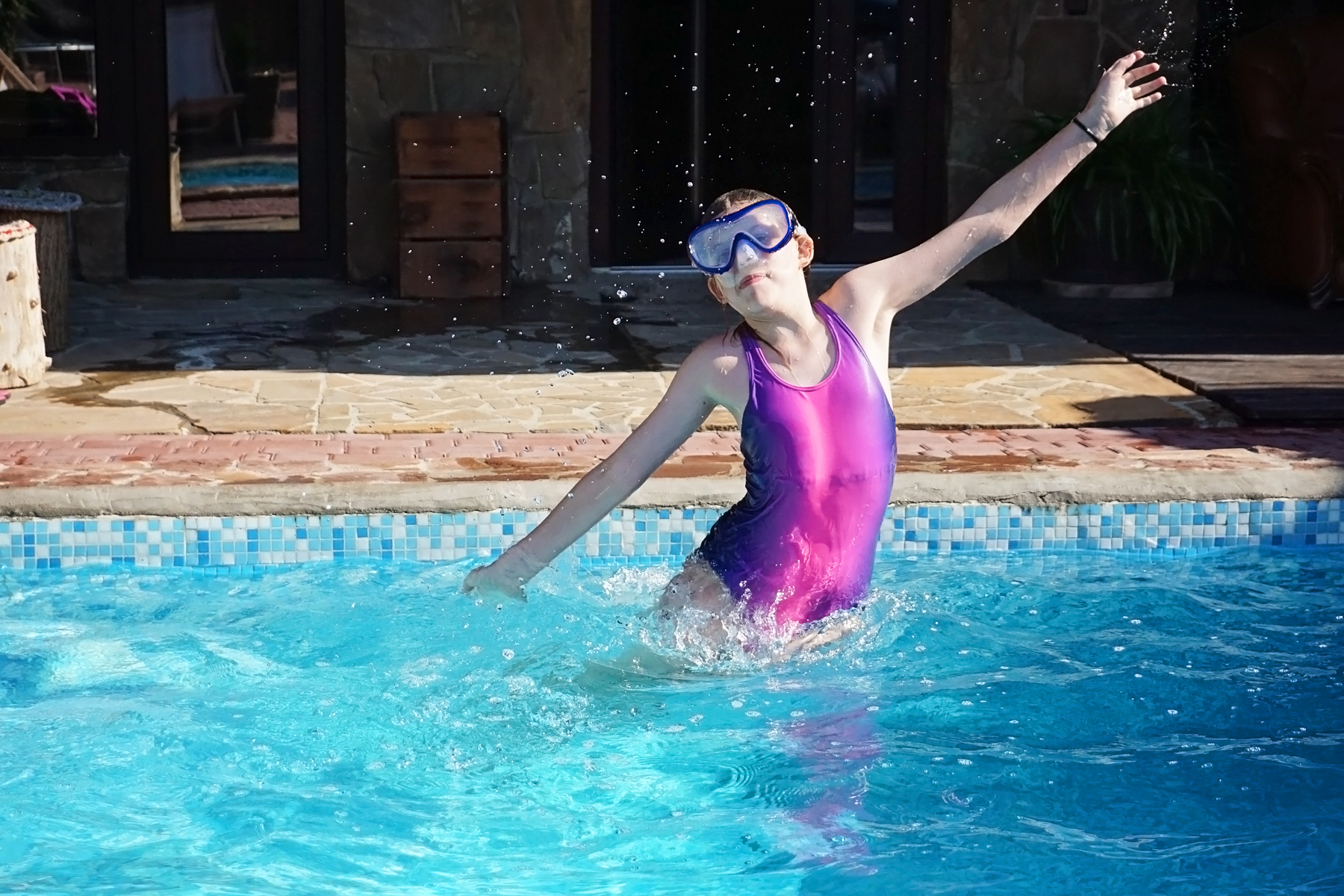During the second week of our Winter Break (and right after pay day!), we got together with our good Turkish friend Serpil and finally made it out of Istanbul to see some of this marvelous country. Our first excursion: Izmir.
Izmir is the third-largest city in Turkey and is on the coast south of Istanbul. We thought it would be romantic to take a ferry and a train down there, then fly back. The first ferry was not romantic. The wind was strong, the seas were rough, and if the journey had been any longer … well, you can imagine. The second ferry was huge and luxurious, and very pleasant. The train was pretty boring. We sat in airplane-like seats (no private cars) and tried to keep the kids entertained for five hours. Lesson learned: for the same price, just fly.
Our hotel was easy to find and nice enough, and we were excited because the weather was, as you can see, beautiful but cold.
 The ever-present and much-revered Ataturk, carved Mt. Rushmore-style.
The ever-present and much-revered Ataturk, carved Mt. Rushmore-style.
 The next morning dawned with gray clouds, a biting wind, and driving rain. We mustered our courage (after all, come what may, we had to fly back on the third day anyway) and hired a taxi for the day to drive us for an hour along a stunning mountainous coastal road to Ephesus.
The next morning dawned with gray clouds, a biting wind, and driving rain. We mustered our courage (after all, come what may, we had to fly back on the third day anyway) and hired a taxi for the day to drive us for an hour along a stunning mountainous coastal road to Ephesus.
Before we reveal the wonders of this ancient city, however, we want to show you another wonderful place: Meryemana, the house of Mary, the mother of Jesus.
 This little house is on top of Mt. Coressos above Ephesus, and it is thought that Mary came here towards the end of her life (AD 37-45) with St. John. It was a beautiful place among ancient trees, birds, and hail … we stayed inside until the hail stopped.
This little house is on top of Mt. Coressos above Ephesus, and it is thought that Mary came here towards the end of her life (AD 37-45) with St. John. It was a beautiful place among ancient trees, birds, and hail … we stayed inside until the hail stopped.
The statue above the altar had no hands, and when we asked why, we found out that it was found in the river bed at the base of the mountain that way. It is believed that the hands broke off at a weak point, rather than that they were stolen.
 Muslims honor Mary as the mother of the prophet Jesus by tying bits of cloth to a metal fence with a prayer. Christian believers could light a candle and say a prayer, and they regularly hold mass inside, as well as a traditional service on August 15, the day of Mary’s Assumption.
Muslims honor Mary as the mother of the prophet Jesus by tying bits of cloth to a metal fence with a prayer. Christian believers could light a candle and say a prayer, and they regularly hold mass inside, as well as a traditional service on August 15, the day of Mary’s Assumption.
This statue, complete with hands, was on the road up the mountain to the Meryemana.
 We were struck by the atmosphere of the area, especially since we could only whisper inside the candle-lit room. There was even an ancient fresco of Mary’s face protected under glass on one of the stone walls.
We were struck by the atmosphere of the area, especially since we could only whisper inside the candle-lit room. There was even an ancient fresco of Mary’s face protected under glass on one of the stone walls.
It was a beautiful, powerful place.

